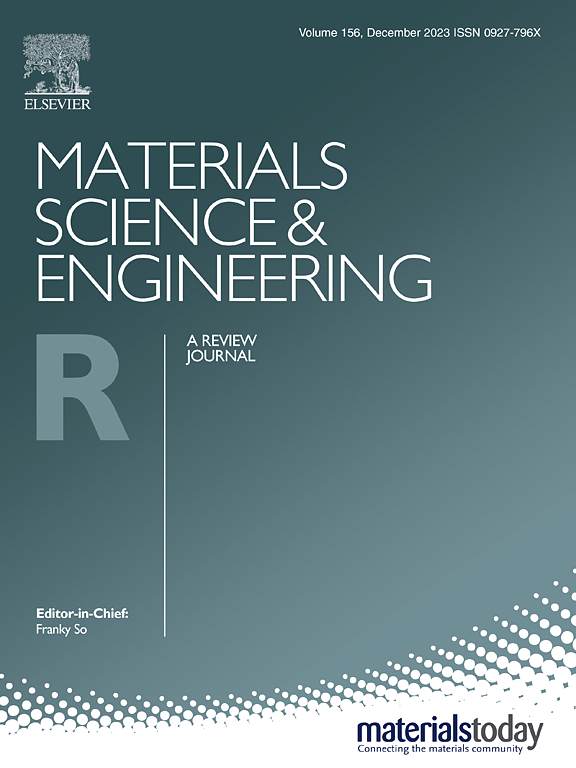用于监测和治疗胃肠道疾病的植入式胶囊机器人研究进展
IF 31.6
1区 材料科学
Q1 MATERIALS SCIENCE, MULTIDISCIPLINARY
引用次数: 0
摘要
胃肠道是一个重要的器官系统,执行一系列重要的生理功能,包括消化、吸收和代谢摄入的食物中的营养物质。消化系统疾病,包括影响胃肠道的各种疾病,是世界范围内发病率和死亡率的常见和重要来源。可吞咽胶囊机器人的出现为胃肠道疾病的诊断和治疗提供了一种非侵入性方法,降低了与传统内窥镜检查、成像和外科手术相关的风险。在这篇综述中,我们全面讨论了可吞咽胶囊机器人的设计和分类,突出了它们在胃肠道疾病的诊断和管理方面相对于传统设备的优势。我们专注于可消化胶囊机器人的最新发展,包括用于胃肠道疾病诊断的胶囊机器人,用于胃肠道疾病治疗的胶囊机器人,以及能够从胃肠道进行组织活检和微生物取样的胶囊机器人。此外,我们评估了可吞咽胶囊机器人设备临床应用的技术挑战和未来机遇,同时为下一代可吞咽胶囊机器人的功能设计和材料选择提供了建议。本文章由计算机程序翻译,如有差异,请以英文原文为准。
Advances in implantable capsule robots for monitoring and treatment of gastrointestinal diseases
The gastrointestinal tract is a crucial organ system that performs a series of important physiological functions, including the digestion, absorption, and metabolism of nutrients from ingested food. Digestive system diseases, including various conditions affecting the gastrointestinal tract, are common and significant sources of morbidity and mortality worldwide. The emergence of swallowable capsule robots offers a non-invasive approach to the diagnosis and treatment of gastrointestinal diseases, reducing the risks associated with traditional endoscopy, imaging, and surgical procedures. In this review, we comprehensively discuss the design and classification of swallowable capsule robots, highlighting their advantages over conventional devices in the diagnosis and management of gastrointestinal diseases. We focus on the latest developments in ingestible capsule robots, including those designed for the diagnosis of gastrointestinal diseases, capsule robots for the treatment of gastrointestinal conditions, and capsule robots capable of performing tissue biopsies and microbiological sampling from the gastrointestinal tract. Furthermore, we evaluate the technical challenges and future opportunities for the clinical application of ingestible capsule robotic devices, while providing recommendations for the functional design and material selection of next-generation swallowable capsule robots.
求助全文
通过发布文献求助,成功后即可免费获取论文全文。
去求助
来源期刊

Materials Science and Engineering: R: Reports
工程技术-材料科学:综合
CiteScore
60.50
自引率
0.30%
发文量
19
审稿时长
34 days
期刊介绍:
Materials Science & Engineering R: Reports is a journal that covers a wide range of topics in the field of materials science and engineering. It publishes both experimental and theoretical research papers, providing background information and critical assessments on various topics. The journal aims to publish high-quality and novel research papers and reviews.
The subject areas covered by the journal include Materials Science (General), Electronic Materials, Optical Materials, and Magnetic Materials. In addition to regular issues, the journal also publishes special issues on key themes in the field of materials science, including Energy Materials, Materials for Health, Materials Discovery, Innovation for High Value Manufacturing, and Sustainable Materials development.
 求助内容:
求助内容: 应助结果提醒方式:
应助结果提醒方式:


